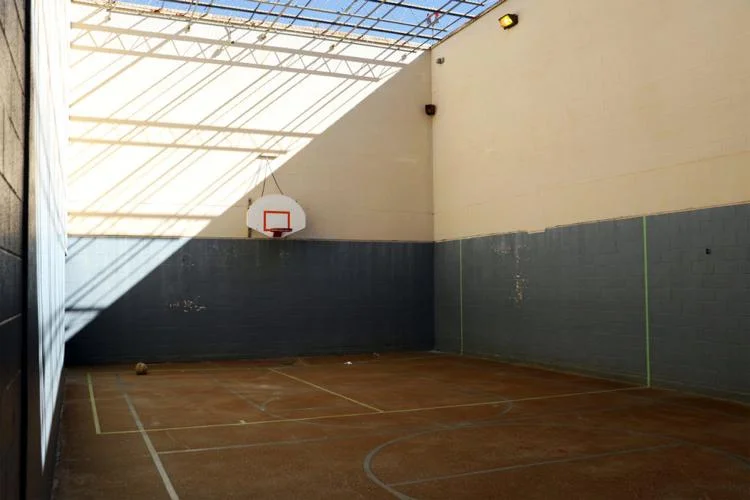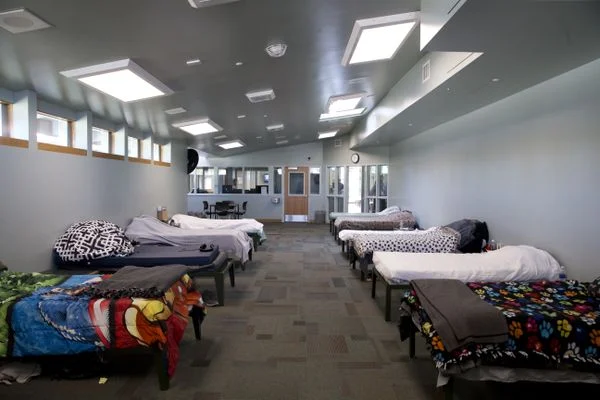OKLAHOMA CITY — Before his death, 16-year old John Leroy Daniel Applegate was secluded from other juveniles in a cell in the Oklahoma County Detention Center.
The teenager also was placed on suicide watch intermittently during his time at the detention center before jailers ultimately found him unresponsive in his cell in April, said County Commissioner Carrie Blumert.




















